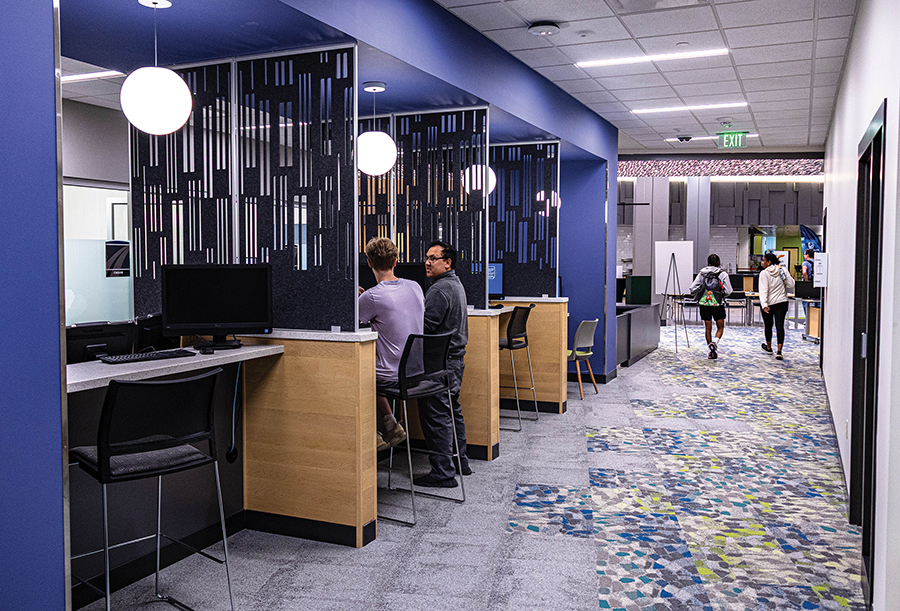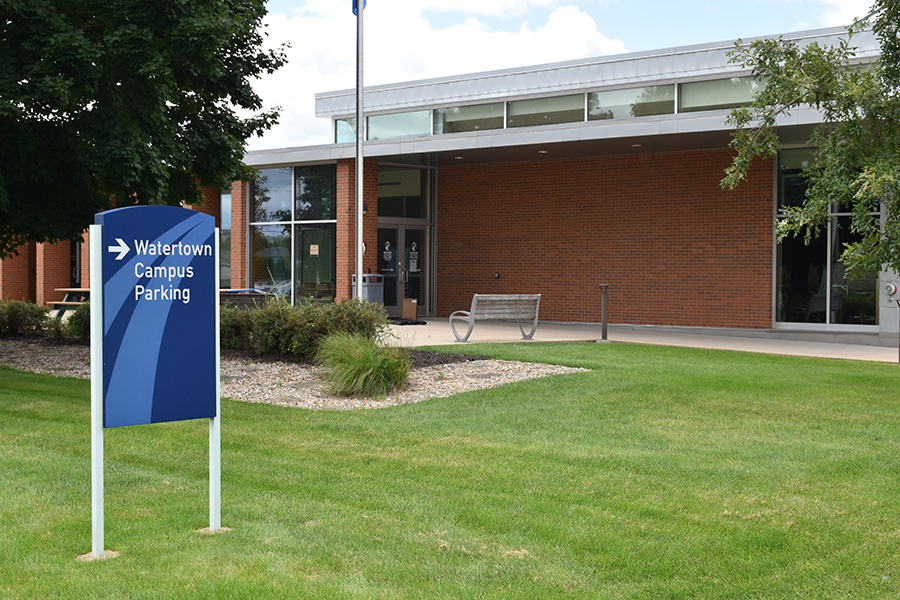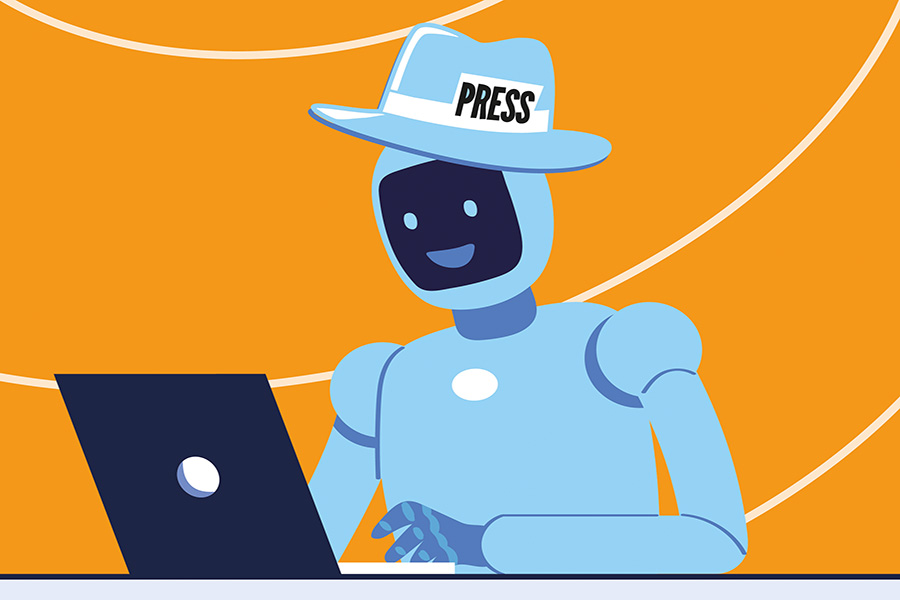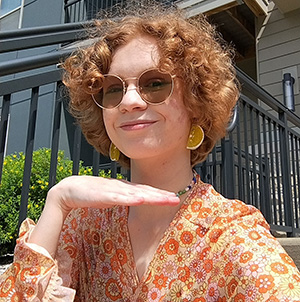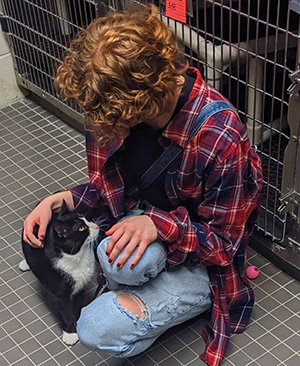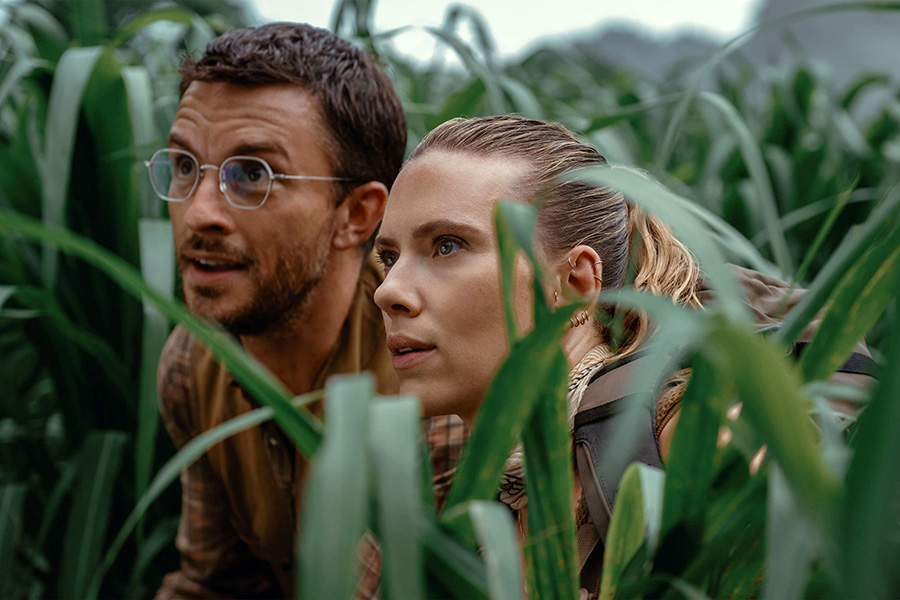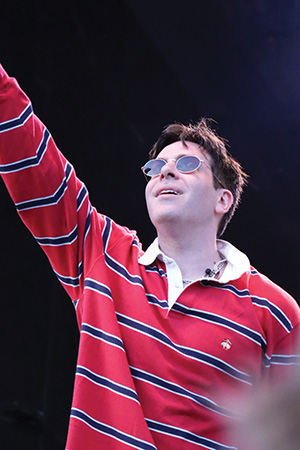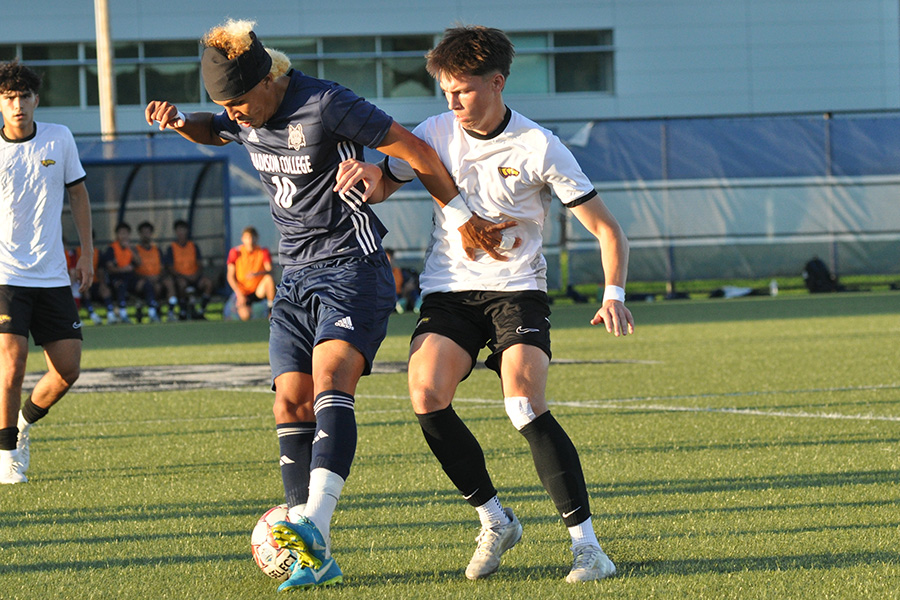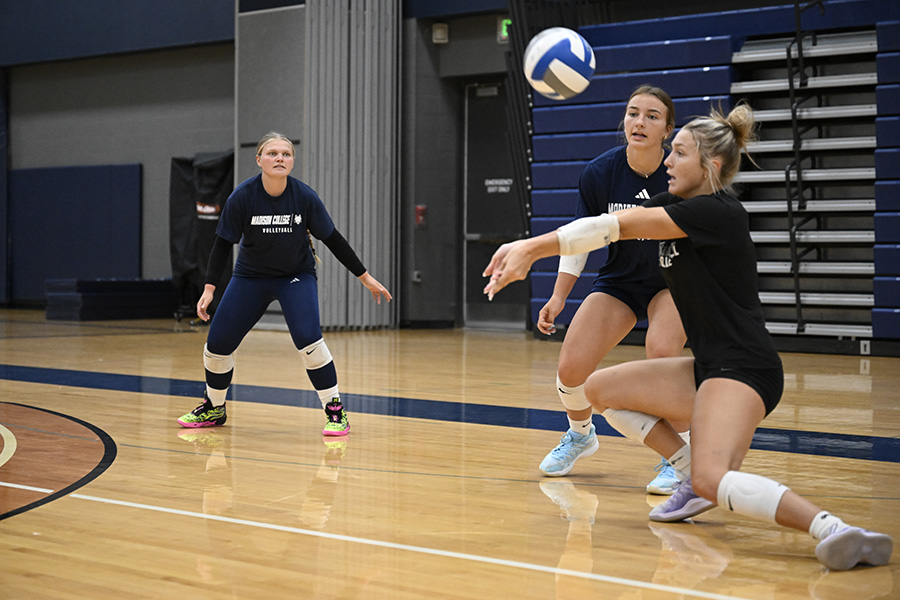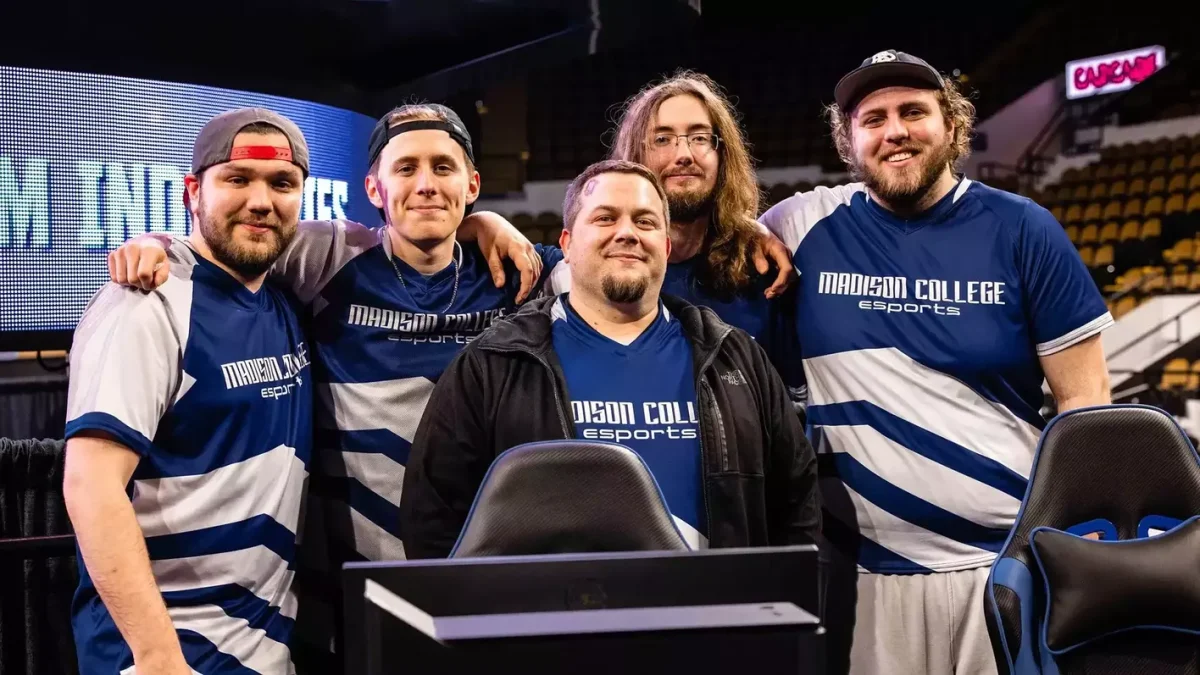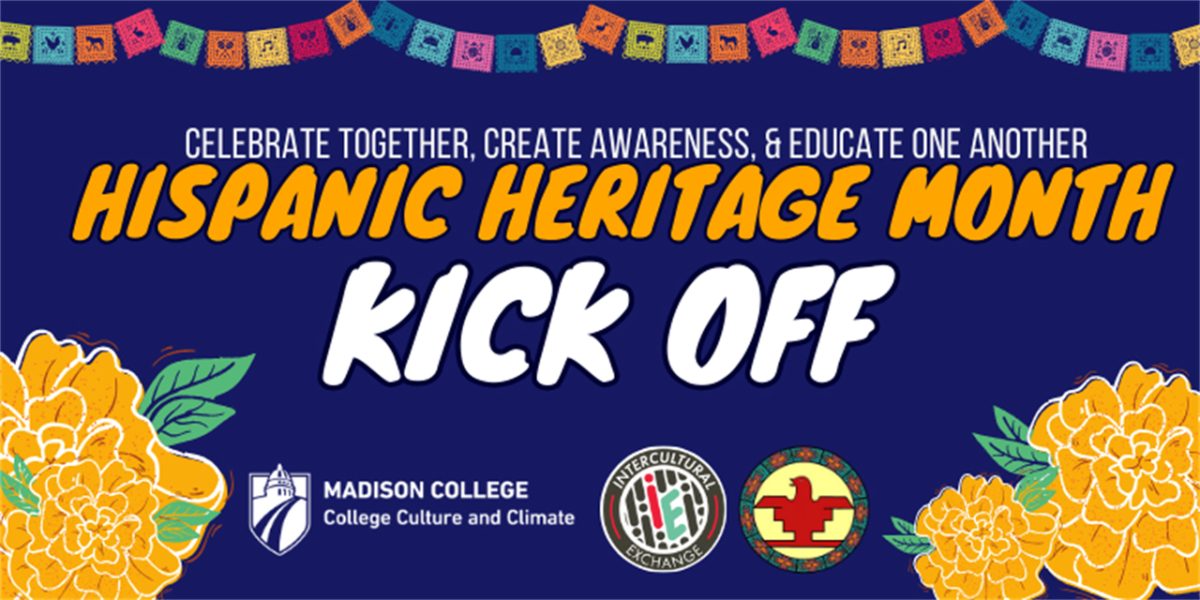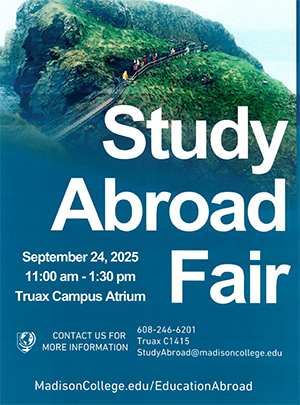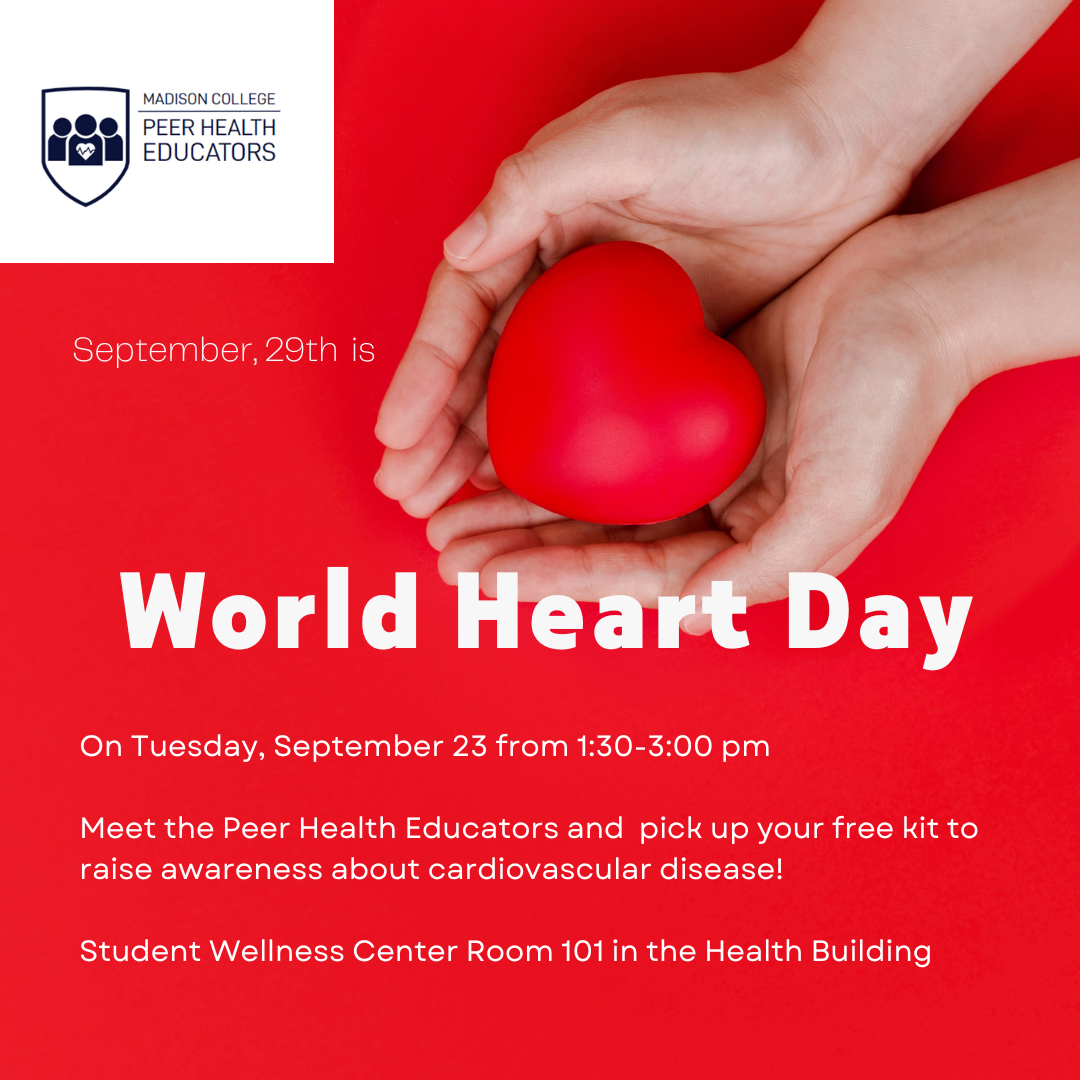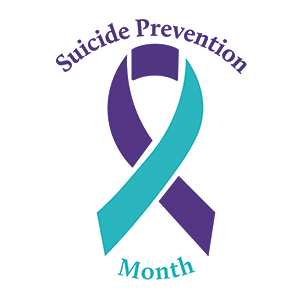A job that’s truly for the birds
Audubon Society staff strive to preserve, protect wildlife
A flock of pigeons takes flight on the National Mall in Washington, D.C., on Nov. 1.
November 13, 2019
A news story on CNN recently explained that 3 billion birds have died since the 1970s.
What could have caused the death of that many birds? Could it be deforestation? Climate change? Feral animals, like cats? Are birds slamming into windows? Are they being shocked due to sitting on telephone wires?
It’s likely all of the above.
According to “Sibley Guides: Causes of Bird Mortality,” window strikes are estimated to kill 97 to 976 million birds a year. “Millions of houses and buildings, with their billions of windows, pose a significant threat to birds. Birds see the natural habitat mirrored in the glass and fly directly into the window, causing injury and, in 50 percent or more of the cases, death,” the book states.
The Friends of the University of Wisconsin-Madison Arboretum have been conducting studies, restoring wildlife and educating others about all of the sad and shocking number of bird deaths.
Matt Reetz, the Executive Director of the Madison Audubon Society, was kind enough to answer questions about his work with the Audubon Society.
When did you start working with the Madison Audubon Society?
I started with Madison Audubon in the fall of 2014. Prior to that, I was on a path to be a career academic as a professor. But, I kept feeling pulled back to applied conservation – working closely with people on problems that affect real and lasting changes. So, I started volunteering a little bit of time with a Wisconsin conservation nonprofit – learning a lot and interacting with a fantastic group of people committed to the protection of the state’s natural resources. I was hooked.
What inspired you to work there?
I love birds. My mom has always been an avid birdwatcher. She kept our feeders full and was always so excited to get a new bird at her feeder. My Mom once burned 30 minutes of a VHS tape filming a single Baltimore oriole. A lot of that passion for birds was naturally absorbed by me. Growing up, I enjoyed watching birds and being outside but had no clue what I wanted to do with my life. I knew I liked biology but couldn’t find the right fit career-wise. That is until I took ornithology. My favorite class of all time. My professor sat at the front of the class each day and just spoke off the cuff and in great detail about each day’s subject. In one late semester class, he mentioned that he had opportunities for students to get experience in one of his avian field research projects. I think I quite literally ran up to him after class to sign up. That summer was the game-changer. I worked my first of three field seasons in the forests and swamps of the Suwannee National Forest on a variety of songbird research projects. I spent hours each day slogging around in wet boots, dodging cottonmouths, catching poison ivy and getting eaten alive by mosquitoes. It was awesome.
What’s your favorite part about working with the Madison Audubon Society?
Two words: people and purpose. I interact with some of the most interesting, passionate, smart, and dynamic people you’ll meet anywhere. My colleagues with Madison Audubon are super talented and fun and we share a common interest in birds, habitats, wildlife, nature, and conservation.
What is a typical day look like for you at work?
As an executive director, I am required to wear many hats. Among the many responsibilities in my current role are building and retaining an exceptional staff and create a great working environment, coordinating and overseeing financial management and health, developing and supporting innovative programs and services, working closely and effectively with the board of directors and committees to enable them to do their jobs well, collaborating with members, volunteers, donors, corporations, the public, and many other constituent groups, developing, modifying, and implementing policies and procedures that maintain high-level business practices, public trust, and financial/organizational health. … That’s a lot and it usually means I spend my days in our office. However, I also get to visit and participate in restoration activities at our incredible wildlife sanctuaries, participate in cool citizen science programs like American kestrel banding and monarch butterfly tagging, attend field trips around the area, go on radio and TV to talk about conservation, and more.
What advice would you give to someone who wants to go into this field of work?
Go explore outside. Be curious. Broaden your horizons. Volunteer with a nonprofit or agency. Talk to professionals in various fields. They’d be happy to chat with you about their work. You also need to work hard in school. There’s a lot to learn about natural systems, wildlife, science inquiry and more to get jobs in the conservation field.
How is the Madison Audubon Society connected to the National Audubon Society?
We are an official chapter of National Audubon. Madison Audubon started as the Madison Bird Club in 1935, but there were even folks organized as a similar bird-watching group in Madison as early as 1898. We became a chapter of national later, but Madison Audubon has always been its own separate nonprofit that now serves 10 counties in southern Wisconsin. We run unique programs, own and manage our own wildlife sanctuary lands, and work on conservation here locally. Folks who live in our area who join national become a member of the Madison Audubon, but we rely on the direct support from our members and the public to conserve birds in Wisconsin.
What are your thoughts about the 3 billion birds that the Earth has lost?
Well, it’s actually 3 billion birds lost since 1970 – and that’s just in the U.S. and Canada. The loss of our birds is troubling for so many reasons. They have huge economic value. They are incredible indicators of environmental health. They perform tons of services for us (like pollination and pest control) that would otherwise cost us millions or billions of dollars – and they do it for free. And, quite simply, birds bring joy to people’s lives. Birds matter. So, when we are losing this many birds, it’s not just bad news for birds it’s really bad news for all of us.


